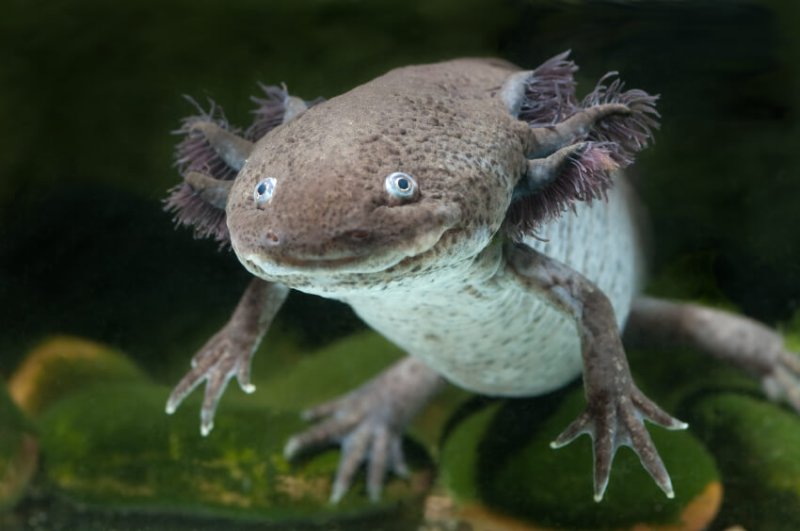Nature has a lot to teach us. As part of our special package, we explored how animals, plants, and bacteria use different resilience strategies when faced with scarce resources, predators, and other challenges.
…
[T]he axolotl—a large salamander also called the Mexican walking fish because it looks like a 20-centimeter eel with stumpy legs—can replace an entire missing limb or even its tail, which means regrowing the spinal cord, backbone, and muscles. About 30 research teams are probing how these salamanders do it. In the axolotl, they’ve found, various tissues work together to detect limb loss and coordinate regrowth.…
Imagine a raging infection in the lungs of a hospitalized cancer patient. When a powerful antibiotic floods the patient’s system, the bacterium responsible seems to be doomed. But it can deploy a resilience strategy honed over billions of years: borrowing a gene from another cell that enables the pathogen to survive.
…
About 450 species [of fish] switch sexes over their lifetimes to maximize their number of offspring. The fish do so by undergoing hormonal changes that transform their organs from those of one sex to the other. Patterns of sex switching vary by species.
Read full, original post: From stealing genes to regrowing limbs, how life finds a way to survive and thrive































